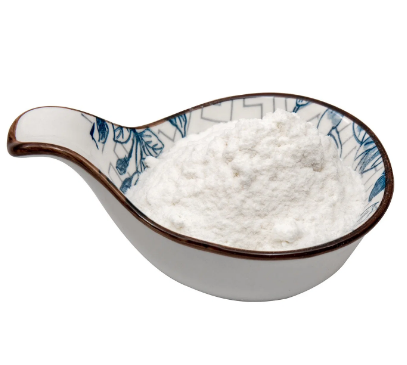8-Anilino-1-naphthalenesulfonic acid CAS:82-76-8
Fluorescent probe: ANS is widely used as a fluorescent probe to study protein conformational changes, protein folding/unfolding processes, and protein-ligand interactions. It binds to hydrophobic regions or exposed hydrophobic sites in proteins, resulting in a fluorescence emission that can be monitored using fluorescence spectroscopy.
Hydrophobicity detection: ANS is sensitive to changes in the hydrophobicity of the microenvironment. It can be used to detect and quantify surfactants, detergents, and other hydrophobic substances.
Protein stability assessment: ANS is commonly employed in thermal stability assays to assess the stability of proteins. By monitoring the fluorescence intensity of ANS-bound proteins under different temperatures, it is possible to determine the thermal denaturation characteristics and melting temperature (Tm) of the protein.
Protein aggregation studies: ANS can be utilized to study protein aggregation processes, such as the formation of amyloid fibrils. The dye is sensitive to the exposed hydrophobic regions in protein aggregates, making it a valuable tool for monitoring the progress and kinetics of aggregation.
Characterization of protein-protein interactions: ANS has been used to investigate protein-protein interactions. When proteins interact, there may be a change in their hydrophobicity, which can be monitored using ANS fluorescence.
Drug discovery and development: ANS can be utilized in the screening of potential drug candidates. It can help evaluate the binding affinity and interaction of small molecules with target proteins, allowing researchers to identify compounds that can modulate protein function.

| Composition | C16H13NO3S |
| Assay | 99% |
| Appearance | Dark green powder |
| CAS No. | 82-76-8 |
| Packing | Small and bulk |
| Shelf Life | 2 years |
| Storage | Store in cool and dry area |
| Certification | ISO. |









